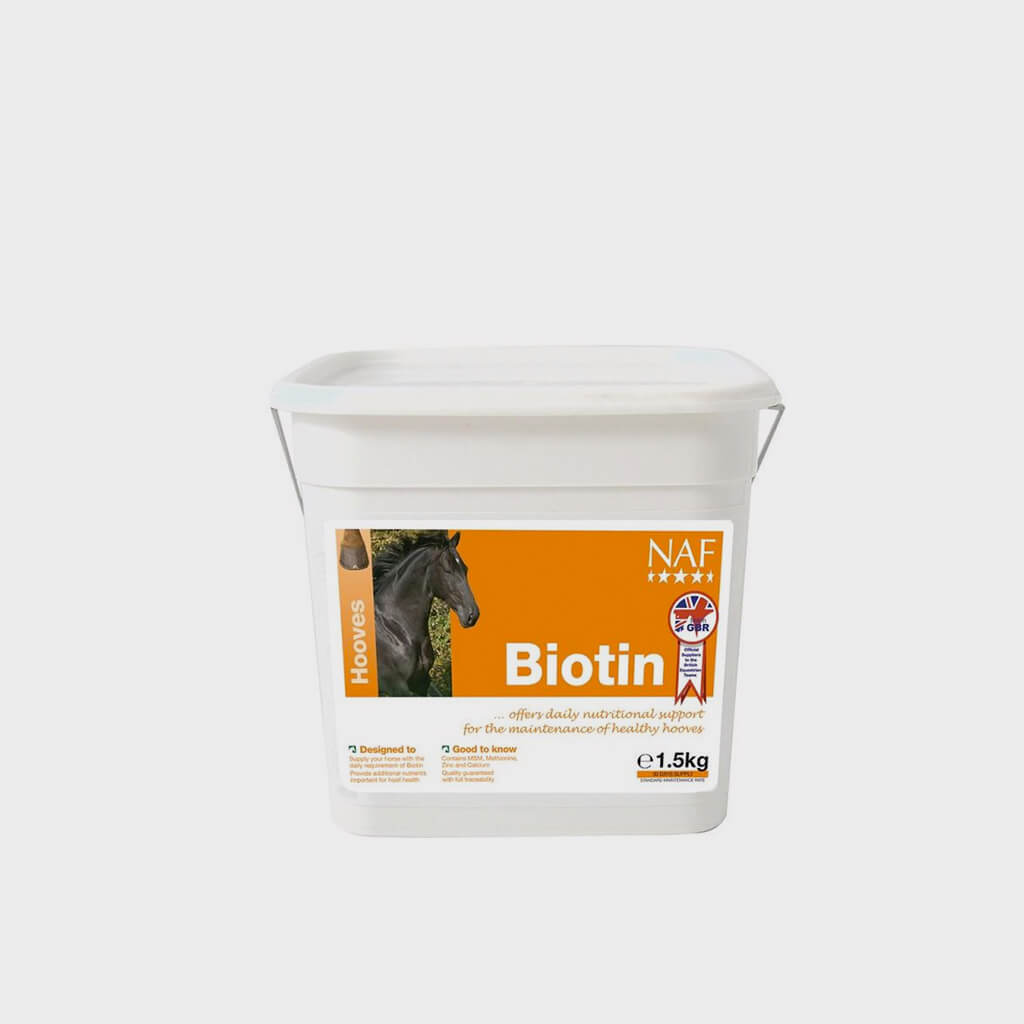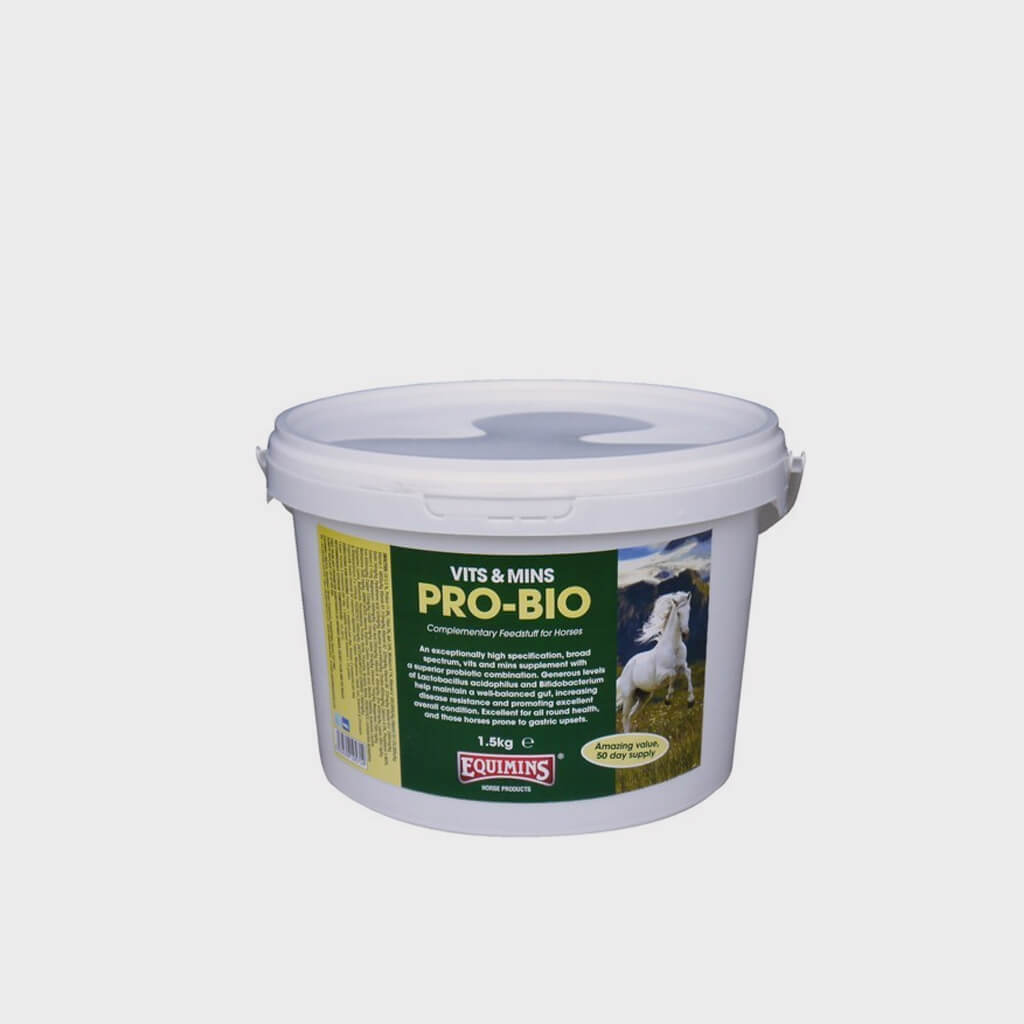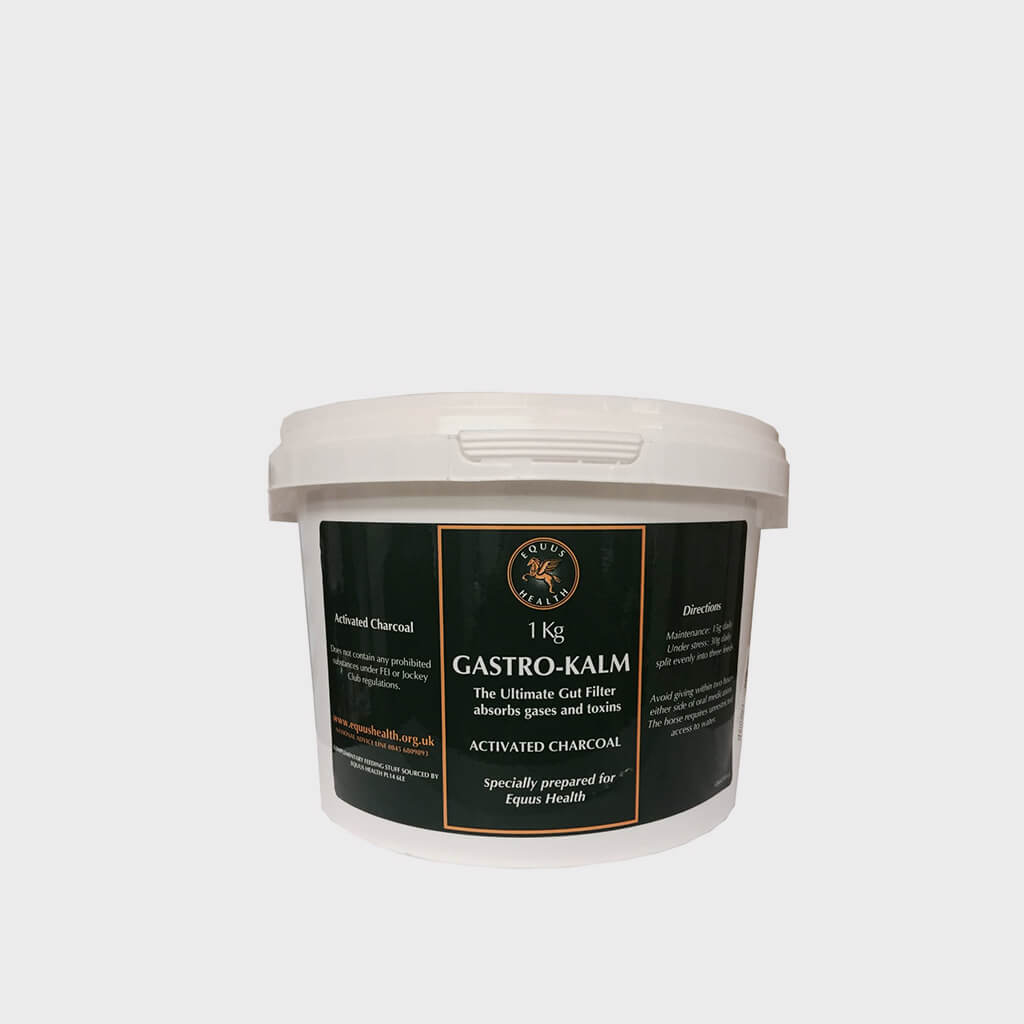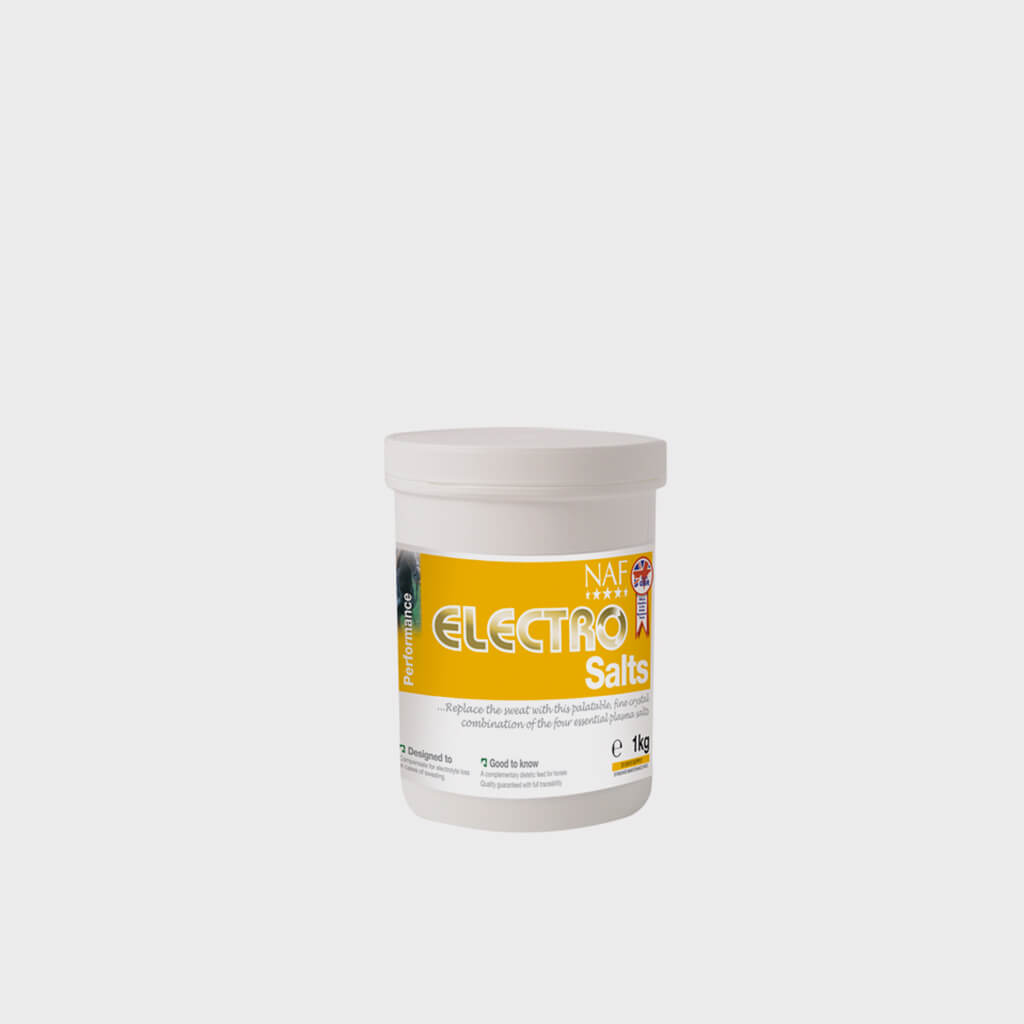As we know, keeping a successfully-maintained barefoot horse is based on the four barefoot foundations
- Diet is key, and owners of successful working barefoot horses will not be able to emphasise to you enough the importance of a low starch, high fibre diet that is optimised and balanced in terms of the right dietary nutrients for hoof health.
- Targeted exercise and movement encourages hoof growth and health, and is often the missing link when a barefoot horse hasn’t quite transitioned into being sound and comfortable over all terrains.
- A suitable environment is important, and by this we mean aspects like optimised turn out, different surfaces to walk and be exercised on, and minimal standing indoors on dirty bedding.
- Finally a functional trim for a working barefoot horse performed by a knowledgeable hoofcare professional is important to maintain form and function.
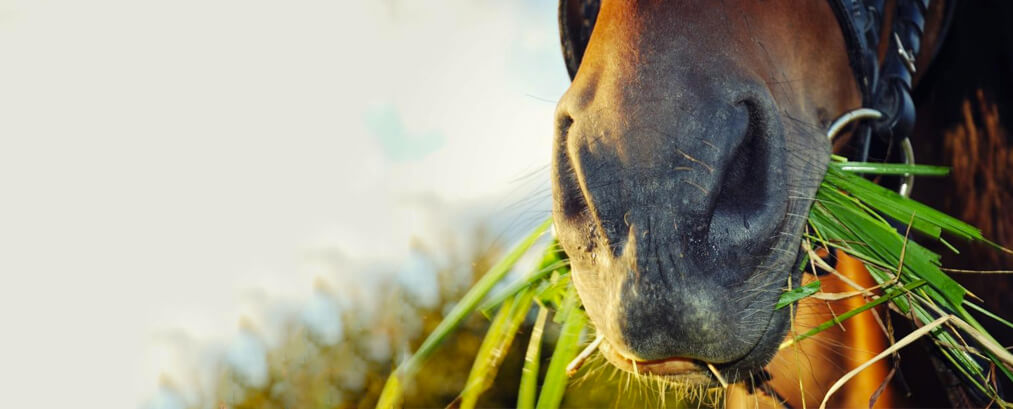
Key vitamins and minerals
Key vitamins and minerals are often added to a horse or pony’s healthy, targeted ‘base’ diet. Good quality, low-sugar forage should form the largest part of the equine diet. Barefoot advocates commonly feed a base of low-sugar chaff or appropriate chopped grass product, with some kind of low-sugar feedstuff, such as sugar beet pulp, copra-meal (a by-product of coconut oil production), or a soakable fibre pellet. Additions like oil and micronised linseed provide additional energy, if required.
The animal’s home country (and even count or state!) will affect his dietary needs. E.g., in the UK, very broadly speaking, forage tends to be low in copper, zinc and magnesium. Hence, British people wanting to optimise hoof health are often focused on including these elements and others.
Copper-Some barefoot advocates maintain that infections of the hoof, and bacterial conditions, indicate a copper deficiency. It is common to see hay crops depleted in copper and zinc, yet heavy in iron. Too much iron blocks the absorption of zinc, and can create a deficiency problem as well.
Zinc-This mineral addresses hoof wall protein synthesis, and collagen and keratin function. The National Research Council Board on Agriculture and Natural Resources’ ‘Nutrient Requirements of Horses’ guide recommends an iron / copper / zinc ratio of 4: 1: 3.
Magnesium-According to pro-barefoot vets Watkins & Tasker, many horses do not receive sufficient magnesium from their diets, especially if their diets are high in calcium. A magnesium deficiency can makes horses footsore and in serious cases can also result in weak, poorly connected hoof wall. Magnesium oxide is commonly given.
Biotin (vitamin K)-This is ideally fed in conjunction with Methionine, an essential amino acid. Biotin is probably the most widely researched dietary element, in terms of positively affecting new hoof growth.
Pre and pro biotics-Pre biotics feed the beneficial microflora that are already living in the hindgut, e.g. bifidobacteria, and any ‘good bugs’ introduced as a probiotic - these are live, microbial feed supplements that beneficially affect the horse by improving its intestinal microbial balance.
Charcoal-This re-balances the acid/alkaline levels of the digestive system. It adsorbs toxins and re-balances the digestive system naturally.
Salt-This promotes drinking and good digestion and provides a basic electrolyte to horses.
Mineral balancing
As mentioned, key vitamins and minerals such as those detailed above are often purchased individually from a supplier or a hoofcare professional, and added to a horse or pony’s healthy, targeted ‘base’ diet. This process is often called ‘mineral balancing’.
You may be wondering how to balance the aforementioned ingredients, and this is certainly the tricky part! In order to assess what supplements or hard feed your horse requires, it is recommended to have your pasture and hay analysed for deficiencies, so you can make sure your horse or pony is receiving everything they require for barefoot success. You will receive a report with a nutritional breakdown. Your hoofcare professional can then help you ascertain specific amounts of additional vitamins and minerals that may be added, according to your equine’s type and size, and based on your horse or pony’s current intake of forage and its quality and content. These suggestions are usually based on the hoofcare professional’s own experiences, and any equine nutritional training they have undertaken.
Pre-balanced supplements and balancers are widely used, although it is important to research these well - there are brands especially blended with the barefoot horse in mind, and plenty of generic, broad spectrum supplements and hoofcare supplements are available off the shelf.











